Architecture
Enhancing Lifestyle and Productivity Through Architectural Design

Exploring how architectural design plays a crucial role in shaping our lifestyles and boosting productivity is a fascinating journey filled with innovative concepts and practical applications. As we delve into the world of architectural design, we uncover the intricate ways in which our surroundings profoundly impact our well-being and efficiency.
From the influence of natural light to the strategic layout of spaces, each element contributes to a harmonious blend of aesthetics and functionality that ultimately enhances our daily experiences.
How Architectural Design Impacts Lifestyle

Architectural design plays a crucial role in shaping our lifestyle by creating spaces that promote well-being, productivity, and comfort.
Architectural Elements for Quality of Life
- Green Spaces: Incorporating gardens, rooftop terraces, or indoor plants can improve air quality and reduce stress levels.
- Ergonomic Design: Furniture and layout that support proper posture and movement can enhance physical health and reduce discomfort.
- Social Spaces: Areas designed for social interaction, such as communal kitchens or lounges, foster connections and a sense of community.
Role of Natural Light
Natural light is a key element in architectural design that can significantly impact our well-being. It helps regulate our circadian rhythm, improves mood, and enhances productivity.
Spatial Layout for Daily Routines
- Open Floor Plans: Encourages flow and movement throughout the space, making tasks and activities more efficient.
- Zoning: Designating specific areas for different functions, like work, relaxation, and dining, helps establish a sense of balance and structure in daily routines.
Increasing Productivity Through Architectural Design

Architectural design plays a crucial role in enhancing productivity in various settings, including work environments. By incorporating ergonomic elements and strategic design choices, architects can create spaces that promote efficiency and focus.
Incorporating Ergonomic Elements
Integrating ergonomic elements into architectural design can greatly impact productivity. Features such as adjustable desks, supportive chairs, and proper lighting can help reduce physical strain and discomfort, allowing individuals to work more comfortably and effectively.
Impact of Color Schemes
The choice of color schemes in a workspace can significantly influence work efficiency and focus. For example, blue tones are known to promote calmness and concentration, while yellow hues can enhance creativity. By selecting the right colors for different areas, architects can create environments that optimize productivity.
Reducing Distractions in Work Environments
Architectural design can also play a role in minimizing distractions in work environments. By strategically placing workstations, creating designated quiet areas, and using sound-absorbing materials, architects can help employees stay focused and productive throughout the day.
Creating Functional Spaces
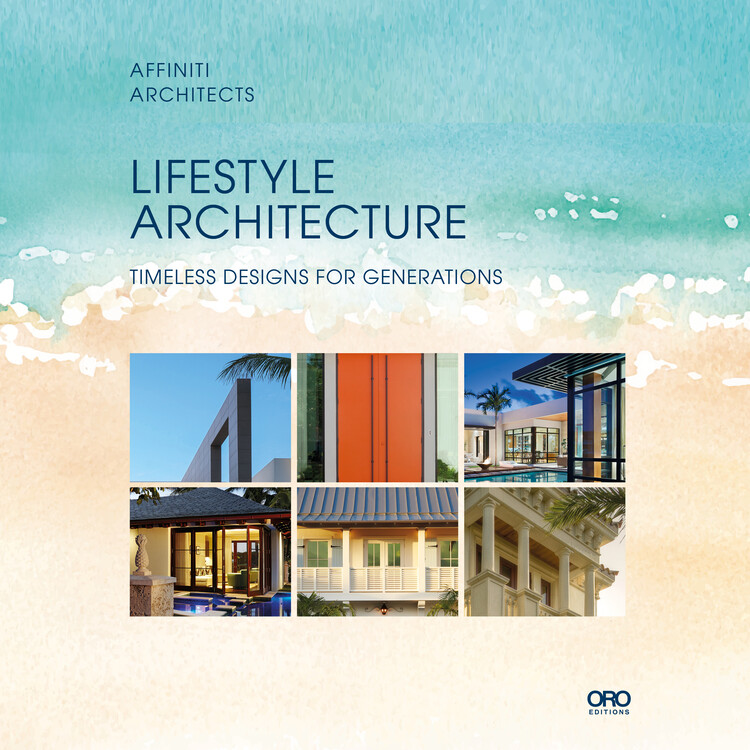
Functional spaces play a crucial role in architectural design as they directly impact lifestyle and productivity. When spaces are designed with functionality in mind, individuals can experience a significant improvement in their daily lives.
The Importance of Functionality in Architectural Design
Creating functional spaces in architectural design ensures that every area serves a purpose and meets the needs of its users efficiently. Functionality enhances the overall usability of a space, making it more practical and convenient for individuals to navigate and utilize effectively.
- Functional spaces promote organization and order, reducing clutter and creating a sense of harmony within the environment.
- Efficient use of space maximizes utility and allows for multifunctional areas that adapt to different activities throughout the day.
- Well-designed functional spaces can enhance comfort, relaxation, and overall well-being, contributing to a better quality of life.
Multifunctional Spaces for Enhanced Productivity and Comfort
Architectural design that incorporates multifunctional spaces offers versatility and adaptability to individuals, allowing them to perform various tasks within the same area. This flexibility not only increases productivity but also enhances comfort and convenience
- By combining different functions in one space, individuals can save time and energy by avoiding unnecessary movement between separate rooms.
- Multifunctional spaces support creativity and innovation, encouraging dynamic interactions and collaboration among users.
- Adaptable spaces can cater to changing needs and preferences, providing a personalized environment that promotes efficiency and well-being.
Integration of Technology in Architectural Design
Technology plays a vital role in modern architectural design, offering innovative solutions to streamline daily tasks and enhance the overall living experience. The integration of technology in architectural design can automate processes, improve efficiency, and create smart environments that respond to users' needs.
- Smart home systems can control lighting, temperature, security, and entertainment, simplifying daily routines and enhancing comfort.
- Technological advancements such as IoT devices and automation tools enable remote access and monitoring, offering convenience and peace of mind to users.
- Incorporating sustainable technologies like energy-efficient appliances and renewable energy sources can reduce environmental impact and promote eco-friendly living practices.
Sustainable Architecture and Its Impact
Sustainable architecture focuses on building designs that minimize resource consumption, reduce waste, and promote environmental stewardship. By incorporating sustainable practices in architectural design, individuals can lead a more environmentally conscious lifestyle while increasing their productivity and well-being.
- Energy-efficient building materials and systems help lower utility costs and create a comfortable indoor environment that enhances productivity.
- Green building practices such as passive design strategies and natural ventilation improve air quality and thermal comfort, contributing to a healthier living environment.
- Sustainable architecture fosters a connection to nature and promotes a sense of well-being, reducing stress and increasing overall satisfaction with the living space.
Balancing Aesthetics and Functionality
When it comes to architectural design, finding the perfect balance between aesthetics and functionality is crucial. A visually appealing space that also serves its purpose effectively can significantly enhance the overall lifestyle and productivity of its occupants.
Harmonious Blend of Aesthetics and Functionality
Creating a harmonious blend of aesthetics and functionality in architecture involves careful planning and attention to detail. Here are some tips to achieve this balance:
- Focus on the needs and preferences of the users while incorporating design elements that enhance the visual appeal of the space.
- Ensure that the layout and flow of the space are optimized for practical use without compromising on the overall aesthetic value.
- Use a mix of materials, textures, and colors to create visual interest while maintaining the functionality of the space.
- Incorporate natural elements such as plants, natural light, and views of the outdoors to bring a sense of tranquility and connection to nature into the space.
Role of Nature and Biophilic Design
Nature and biophilic design play a significant role in creating inspiring living and working environments. By integrating natural elements into architectural design, such as green spaces, natural light, and organic materials, spaces can promote well-being, reduce stress, and increase productivity.
Promoting Social Interaction and Community Engagement
Architectural design has the power to promote social interaction and community engagement by creating spaces that encourage connection and collaboration. Features such as communal areas, open layouts, and mixed-use developments can foster a sense of community and belonging, ultimately enhancing the overall quality of life for residents and users.
Final Wrap-Up
In conclusion, the fusion of architectural design principles with lifestyle needs and productivity goals opens up a realm of possibilities for creating spaces that inspire, rejuvenate, and empower individuals. By understanding the intricate connection between design and human behavior, we pave the way for a future where our built environments truly enhance the way we live and work.
General Inquiries
How does natural light impact architectural design?
Natural light not only illuminates spaces but also enhances mood, productivity, and overall well-being by creating a sense of openness and connection to the outdoors.
Why is sustainable architecture important for lifestyle and productivity?
Sustainable architecture focuses on reducing environmental impact, promoting energy efficiency, and creating healthier indoor environments, all of which contribute to improved quality of life and increased productivity.
Can architectural design influence social interaction?
Yes, architectural design can foster social interaction by creating communal spaces, collaborative work areas, and engaging environments that encourage communication and interpersonal connections.

-
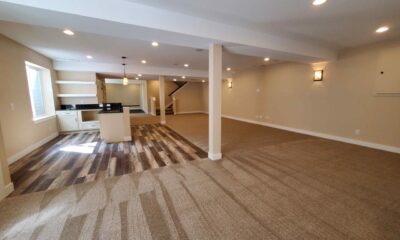
 Home Improvement4 months ago
Home Improvement4 months agoCrafting Affordable Elegance: Low-Cost Basement Finishing Services
-
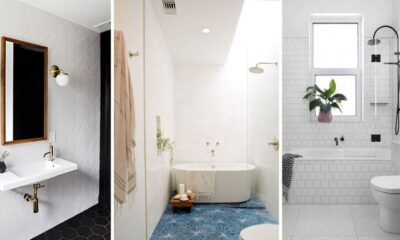
 Home Improvement4 months ago
Home Improvement4 months agoCheap Bathroom Renovation Ideas That Add Value: A Comprehensive Guide
-
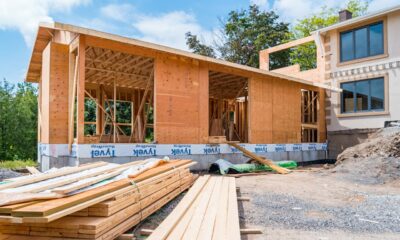
 Home Improvement4 months ago
Home Improvement4 months agoHome Addition Builders for Small Houses: A Comprehensive Guide
-
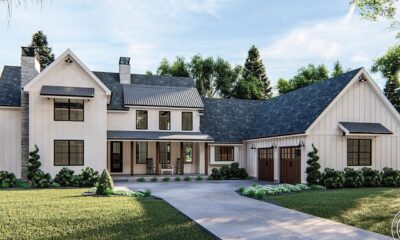
 Home Improvement4 months ago
Home Improvement4 months agoModern Farmhouse Exterior Ideas for Luxury Lifestyle Homes: A Guide to Stylish Living
-
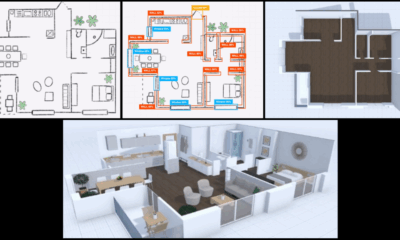
 Home Improvement4 months ago
Home Improvement4 months agoAI-powered lifestyle design tools for home planning: Revolutionizing the Way You Design Your Living Space
-
Health4 months ago
Insurance-Approved Home Medical Equipment for Chronic Illness
-
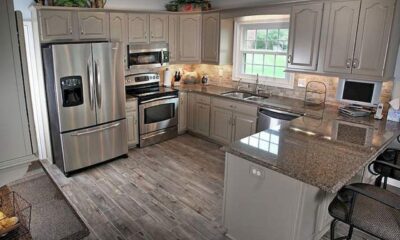
 Home Improvement4 months ago
Home Improvement4 months agoAffordable Kitchen Remodeling Ideas: Transforming Your Space on a Budget
-
Home Improvement4 months ago
Smart Bathrooms for Health Monitoring in Home Interiors: A Modern Approach to Wellness

